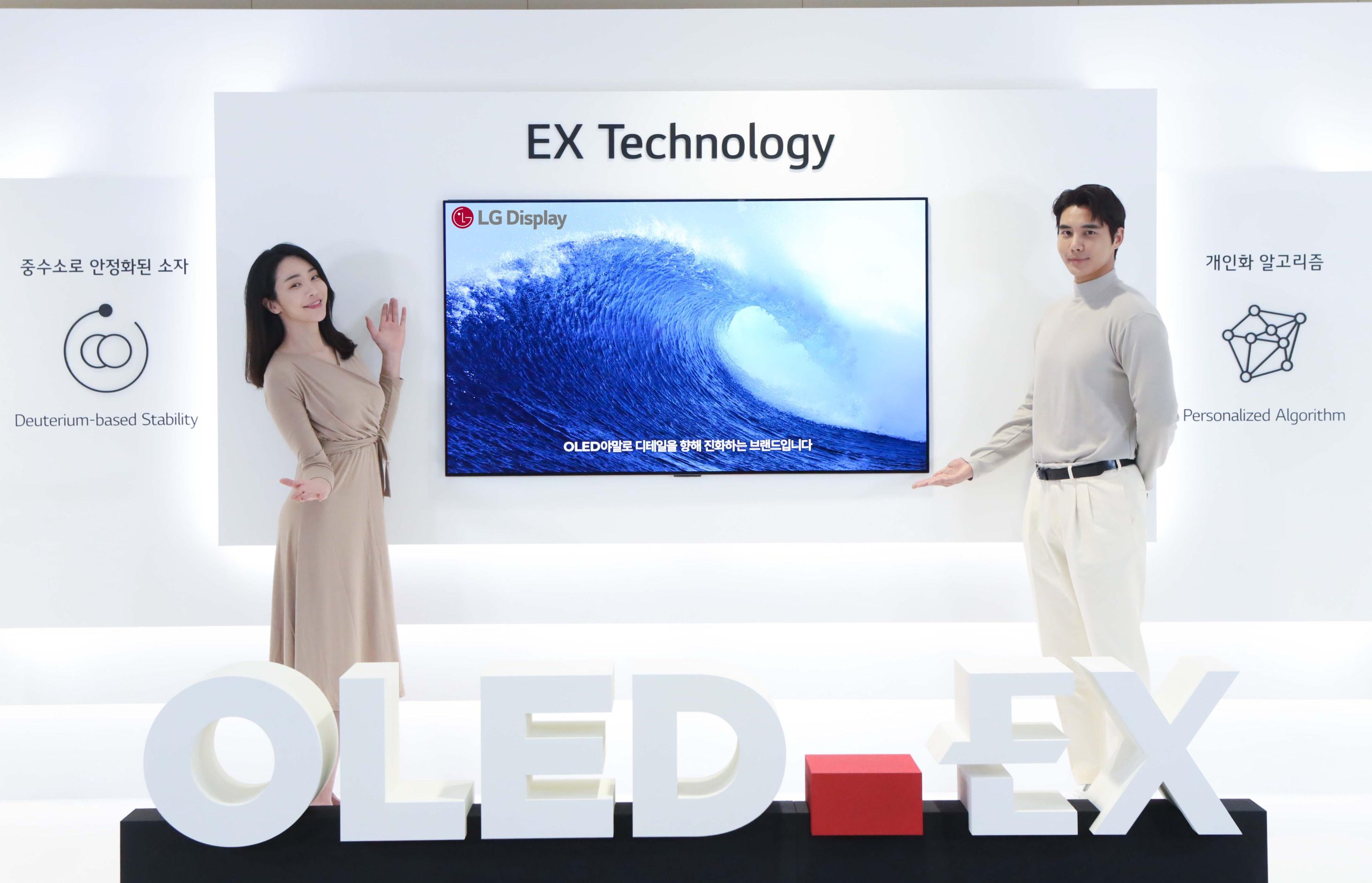
LG’s Latest OLEDs Up Brightness Levels By As Much As 30%
December 29, 2021 by Dave Haynes
LG Display continues to chip away at one of the primary objections about the display capabilities of OLED versus LCD: brightness. Ahead of CES in Las Vegas next week, the Korean electronics giant is touting new OLED TV technology it says ups brightness by as much as 30%.
So why, you may ask, does that matter?
More brightness means more ability to deliver on High Dynamic Range (HDR) content, which needs high brightness levels to really push the color gamut and contrast ratios on TVs and commercial displays. LCDs with LED backlighting arrays can typically produce more lighting power than OLEDs, which are self-emissive (the OLEDs themselves produce the light, whereas an LCD has its liquid crystal layer illuminated by the LEDs).
That lack of backlighting means what are described as perfect blacks in visuals, but the lighting power of previous-generation OLEDs has not always been enough to show all the ranges of darks and brights in visual scenes.
The new OLED TV technology is called OLED EX: “The EX Technology applied to the OLED EX displays combines deuterium compounds and personalized algorithms to enhance the stability and efficiency of the organic light emitting diode, thereby improving the overall display performance,” explains LG in PR.
Adds LG:
Thanks to EX Technology, OLED EX displays unlock new levels of picture accuracy and brightness to accurately deliver exquisite, realistic details and colors without any distortion – such as the reflection of sunlight on a river or each individual vein of a tree leaf.
Deuterium compounds are used to make highly efficient organic light-emitting diodes that emit stronger light. LG Display has successfully converted the hydrogen elements present in organic light emitting elements into stable deuterium and managed to apply the compounds to OLED EX for the first time.
Deuterium is twice as heavy as normal Hydrogen, and only a small amount exists in the natural world – as only one atom of Deuterium is found in about 6,000 ordinary Hydrogen atoms. LG Display has worked out how to extract deuterium from water and apply it to organic light-emitting devices. When stabilized, the Deuterium compounds allow the display to emit brighter light while maintaining high efficiency for a long time.
In addition, thanks to LG Display’s very own ‘personalized algorithm’ based on machine learning technology, OLED EX is more in control of its own device. The algorithm predicts the usage amount of up to 33 million organic light-emitting diodes based on 8K OLED displays after learning individual viewing patterns, and precisely controls the display’s energy input to more accurately express the details and colors of the video content being played.
LG Display has also upgraded its designs through the new OLED EX technology. By utilizing its innovative EX Technology, the company reduced bezel thickness from the original 6 mm to 4 mm based on 65-inch OLED displays. By reducing the thickness by 30 percent compared to existing OLED displays, the OLED EX display creates an even more immersive viewing experience, all the while delivering a sleeker and premium design.
The company says it seeing big momentum with OLED unit sales – with 20 million sold since LG launched OLED TVs in 2013, much of that in the past two years.
“Despite the global TV market experiencing a 12 percent decline this year, we still observed a 70 percent growth in OLED sales,” said Dr. Oh Chang-ho, Executive Vice President & Head of the TV Business Unit at LG Display. “With our new OLED EX technology, we aim to provide even more innovative, high-end customer experiences through the evolution of our OLED technology, algorithms and designs.”
It’s important to note that OLED TVs and professional OLED displays are different categories, and large format OLEDs have not seen a huge amount of adoption in pro AV, for a bunch of reasons that would include the most simple matter of cost (as in high). A lot of meat and potatoes digital signage on flat panels doesn’t, frankly, need the sumptuous visuals of OLED. QSR menu displays are an apt example.
The other challenge is how a lot of digital signage work inside is shifting to LEDs and specialty displays that fit the dimensions of spaces like shops and lobbies, and are not limited by how rectangles can be tiled together.
LG’s recent pro AV marketing of OLED displays has focused a lot on applications for transparent displays, as everything from see-through merchandising displays to digital windows on subway cars. Cost is always going to be a challenge for those kinds of applications, but if the OLED EX tech can be applied to transparent displays, that makes them more capable for applications in bright environments like retail.
Korean product shots – with models gesturing buy the screens – continue to make me chuckle.



Leave a comment